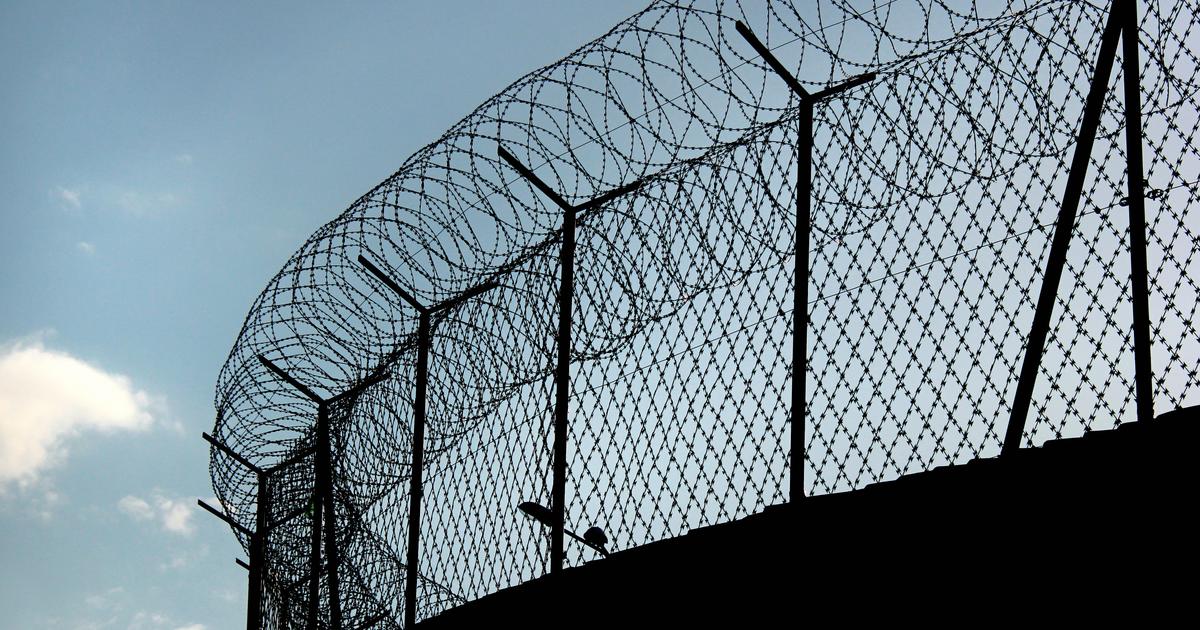At the end of May 1923 in Morlaix, Pierre Quéméneur, general councilor of Finistère, appreciated by all and wise entrepreneur, disappeared without a trace. Shortly before, he had approached a modest trader, a certain Guillaume Seznec. Together, they would have made several trips with the objective of investing in a sale of Cadillac to the Soviet Union.
A fact that did not seem essential to justice in its time, but which is resurfacing today thanks to extensive research in the depths of the archives of the FBI, the American criminal investigation and interior intelligence services. A fact that could shed a little more light on the relationship between Quéméneur and Seznec, and call into question the hypothesis of an accidental death of Quéméneur, on May 27, 1923, after a possible sexual assault on Seznec's wife. Around these revelations, a disturbing character: Leon Turroù.
"The Seznec Affair" is one of the most fascinating French puzzles of the 20th century. Studied in law school, the case has seen many twists and turns in recent years, in particular thanks to a team of researchers, amateur or not, led by Denis Langlois, who was for fourteen years the lawyer for the Seznec family, but also at Bertrand Vilain, a Finistère second-hand dealer passionate about this history. The latter, author of several works on the subject and who had co-organized excavations around the former Seznec house in 2018, today publishes a new work: "Seznec affair: the FBI archives have spoken". He went through nearly 600 declassified documents from the US federal investigation service.
A troubled character
"Something had always seemed odd to me," details Bertrand Vilain, in front of his desk covered with copies of documents written in English. Pierre Quéméneur was motivated by this Cadillac affair. According to the testimony of Petit-Guillaume, Seznec's son, his father would have said: What will become of us? We lost all of our savings . In my opinion, Quéméneur would no doubt have returned to Morlaix to announce to the Seznecs that he had lost their money ... Their sale of Cadillac by an American intermediary could therefore be real - and perhaps they were scammed by this intermediary. On the basis of this assumption, Bertrand Vilain is particularly interested in a classified ad from the period, which appeared in "L'Auto", on February 7 and 9, 1923. One person is looking to buy ten Cadillac Torpedo cars. But who ?
The second-hand dealer, who regularly travels to Texas, continues his research. Until one day, by chance, he comes across some amazing details in a particularly sharp book, "The Big Show in Bololand: The American Relief Expedition to Soviet Russia in the Famine of 1921", published in 2002 and written by a teacher from Standford University, Bertrand Patenaude. “He says that during the great famine of 1921, the Americans offered to help the Soviet Union and finally sent 350 people to Russia to organize the reception and distribution of food. They had, in a way, a diplomat status. Among them, Leon Turrou (born in 1895 in Belarus and died in 1986 in France), who had just completed an interpreting assignment for the American Relief Administration (ARA).
“A passage was dedicated to him, and I immediately contacted the historian. Bertrand Patenaude gives him access to documents from the Herbert Hoover collection (who will be elected president of the United States in 1928) and he can deepen his research around the troubled character that is Leon Turrou. “At that time, he did not have a good reputation. But he knew the Russian system well and Felix Dzerzhinsky, head of the Cheka (intelligence service and political police) , which seeks to buy Cadillacs, very fashionable in Moscow. The Cadillacs sold for 42,000 francs there, while in France they were negotiated at 12,000… ”
"A past of scams, including in France in 1923"
Bertrand Vilain traces the descendants of Turrou, who send him back to Europe, where he manages to gain access to more than 600 declassified FBI archive documents. "And there, everything overlaps and is confirmed ... dates, places, everything. He finds a number of coincidences, including proof that Leon Turrou was on the liner Berengaria , coming from New York and docked in Cherbourg (Manche) on May 21, 1923. Or the same day that Seznec called Quéméneur, a call that triggered their departure for Paris to meet the mysterious American. This same American who, according to the second-hand dealer hypothesis, would have had security deposits paid to him by Quéméneur and Seznec ... and would have flown with it.
Shortly after Quéméneur's disappearance, Turrou is on a big train in Monaco (according to a later FBI investigation, he also scammed Russians), then returns to the United States on July 7, where he leads a more orderly life. His reputation as a crook was erased when he joined the ranks of the FBI in 1928, supported by President Hoover. In 1939, however, he was expelled from the intelligence service by its director Edgar J. Hoover himself, after having wanted to reveal to the press information about a network of Nazi spies present in the United States.
Newsletter - The essentials of the news
Every morning, the news seen by Le ParisienI'm registering
Your email address is collected by Le Parisien to allow you to receive our news and commercial offers. Find out more
This did not prevent him from publishing "Nazi spies", which was adapted in 1939 under the title "The Confessions of a Nazi spy". He finished colonel at the end of the Second World War. We find his trace in 1949 when he published his memoirs "I was a G-Man".
"The FBI investigation of Turrou suggests a past of scams, especially in France in 1923," notes Bertrand Vilain, who wishes to continue to shed light on this incredible and mysterious character. “In the archives of the prefecture of Paris, I know that there is a file with his name. Was he questioned by French authorities before he returned to the United States in July 1923? The junk dealer hopes to one day be able to consult this file.
-
Key dates in the case
May 25, 1923 : Guillaume Seznec, 45, and General Councilor Pierre Quéméneur, 46, leave for Paris in Cadillac. The two men intend to resell to the Soviet Union a stock of these cars left by the American army after the Great War. Seznec explains that due to mechanical problems, he turned around at Dreux (Eure-et-Loir) while his partner would have reached the capital by train.
June 13, 1923 : Pierre Quéméneur's family receives a telegram, sent from Le Havre (Seine-Maritime), in which he announces their upcoming return.
June 20, 1923 : the Quéméneur suitcase is discovered at Le Havre station. It contains the promise to sell a property, clearly undervalued, to Seznec.
July 7, 1923 : Seznec is charged with the assassination of Quéméneur. The police seized the typewriter which had been used to type the promise to sell, which he considered to be false.
November 4, 1924: Seznec is sentenced to forced labor for life for forgery of documents and murder, despite the absence of the body and his denials.
May 14, 1947: Seznec is released from the prison of Cayenne, pardoned by General de Gaulle.
February 13, 1954: Seznec dies of his injuries, aged 76, after being run over by a pickup truck.
June 9, 1977: first request for review of the trial. There will be several in all, all rejected.
March 2020: Bertrand Vilain sheds light on the traffic of Cadillac which had brought the two protagonists of the case together, and adds a third man, Leon Turrou.









